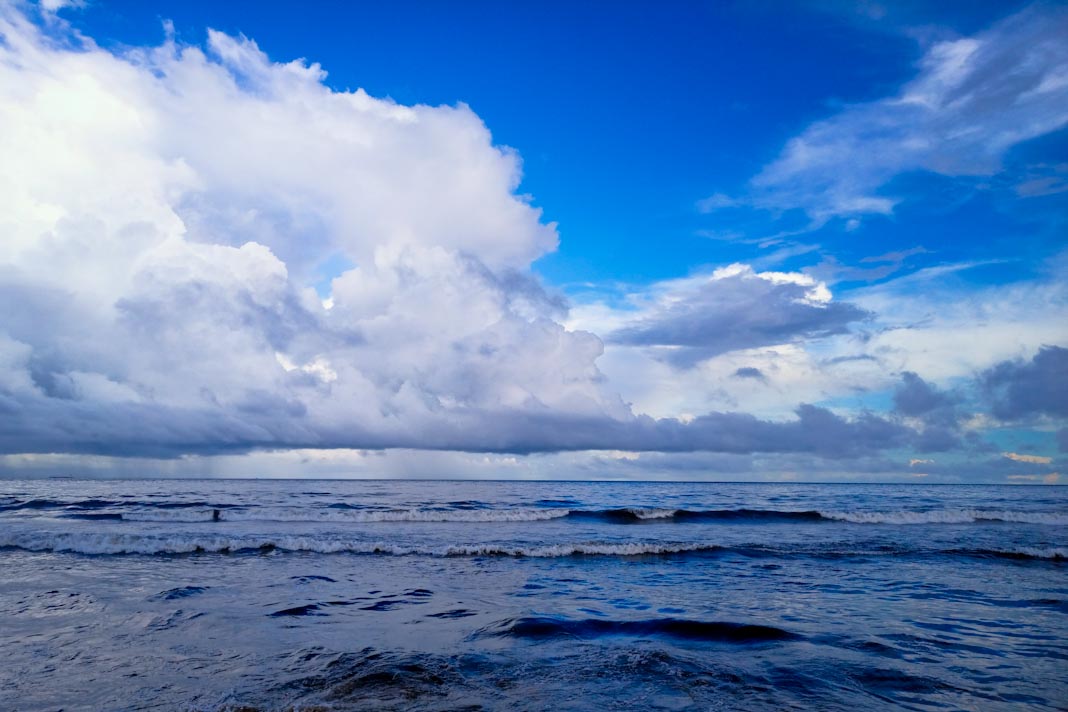 A groundbreaking study published on July 9, 2025, in the journal Nature, has revealed that the North Atlantic Ocean contains around 27 million tons of nanoplastics—plastic particles smaller than one micrometer.
A groundbreaking study published on July 9, 2025, in the journal Nature, has revealed that the North Atlantic Ocean contains around 27 million tons of nanoplastics—plastic particles smaller than one micrometer.
Conducted by scientists from the Royal Netherlands Institute for Sea Research (NIOZ) and Utrecht University, this is the first comprehensive estimate of nanoplastics in ocean water, uncovering a far greater threat than previously known.
First-Ever Estimate Reveals Shocking Volume of Nanoplastics
Nanoplastics had been detected in ocean water before, but this study marks the first attempt to measure their total quantity. The amount discovered—27 million tons in the North Atlantic alone—exceeds the total visible plastic (micro and macroplastics) floating in all of the world’s oceans. This discovery may help explain the long-standing mystery of the “missing plastic”—plastic waste that has disappeared from visible tracking systems but was never accounted for.
Innovative Detection Method Made the Study Possible
The breakthrough came through a new method developed by scientists, including an atmospheric expert from Utrecht University, to detect plastic particles smaller than one micrometer. Sophie ten Hietbrink, a master’s student, collected water samples from 12 locations during a research expedition aboard the RV Pelagia, traveling from the Azores to the European continental shelf. By filtering out larger particles and using mass spectrometry, the team was able to identify and measure nanoplastics in the samples.
How Nanoplastics Enter the Ocean
Researchers identified multiple sources of nanoplastics in the ocean:
-
Sunlight breaking down larger plastic into tiny fragments.
-
Rivers carrying land-based plastic waste into the sea.
-
Airborne plastics traveling via the atmosphere and entering oceans through rain or as dry particles.
These particles are now understood to be widely distributed across marine environments, potentially infiltrating the entire marine food chain.
Ecological and Human Health Concerns
The widespread presence of nanoplastics poses a serious threat to marine ecosystems and possibly human health. These tiny particles are capable of entering living organisms, and have already been detected in human tissues, including the brain. Scientists are concerned that nanoplastics may already be present in many species of marine life, from microorganisms to fish and mammals, thereby affecting the global food web.
What’s Missing and What Comes Next
Interestingly, the study did not detect some common plastics such as polyethylene and polypropylene. Researchers suspect these might be chemically hidden or altered and aim to investigate this further. The team also plans to extend their research to assess whether similar nanoplastic levels exist in other oceans around the world—a possibility they believe is likely, though not yet confirmed.
This new estimate fills a significant gap in our understanding of global plastic pollution. However, the results are deeply concerning. With 27 million tons of nanoplastics already in the North Atlantic and no current method to remove them, researchers stress that prevention is the only solution. Stopping more plastic from entering the environment is now more urgent than ever to protect both marine life and human health.
Did you subscribe to our daily Newsletter?
It’s Free Click here to Subscribe!
Source: Marine Insight















